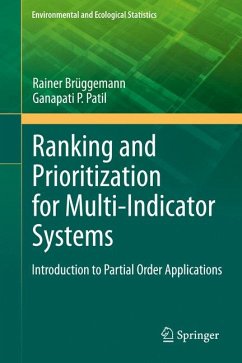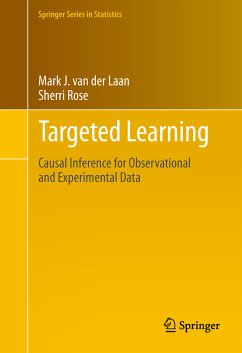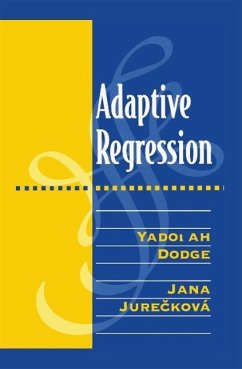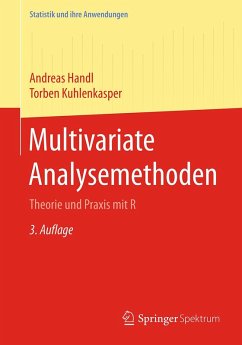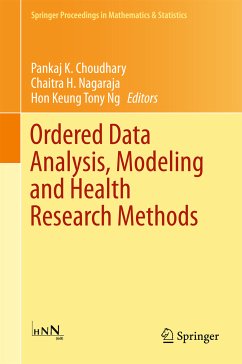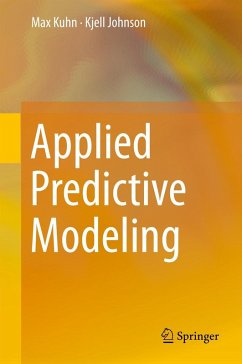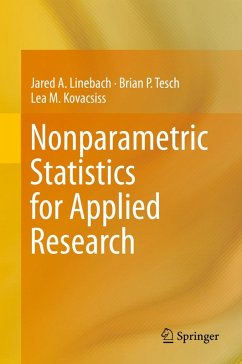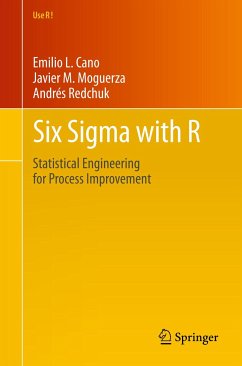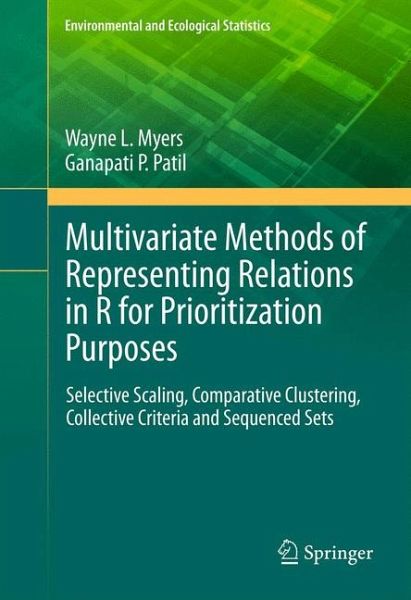
Multivariate Methods of Representing Relations in R for Prioritization Purposes (eBook, PDF)
Selective Scaling, Comparative Clustering, Collective Criteria and Sequenced Sets
Versandkostenfrei!
Sofort per Download lieferbar
72,95 €
inkl. MwSt.
Weitere Ausgaben:

PAYBACK Punkte
36 °P sammeln!
This monograph is multivariate, multi-perspective and multipurpose. We intend to be innovatively integrative through statistical synthesis. Innovation requires capacity to operate in ways that are not ordinary, which means that conventional computations and generic graphics will not meet the needs of an adaptive approach. Flexible formulation and special schematics are essential elements that must be manageable and economical.
Dieser Download kann aus rechtlichen Gründen nur mit Rechnungsadresse in A, B, BG, CY, CZ, D, DK, EW, E, FIN, F, GR, HR, H, IRL, I, LT, L, LR, M, NL, PL, P, R, S, SLO, SK ausgeliefert werden.




